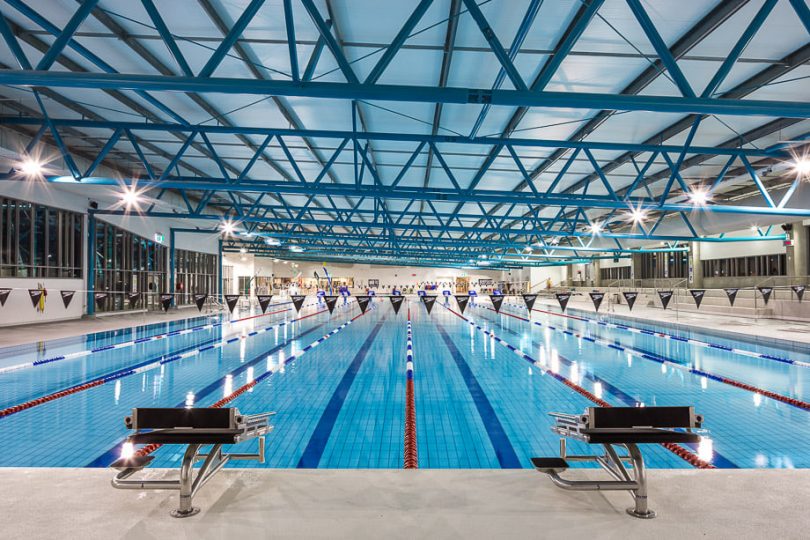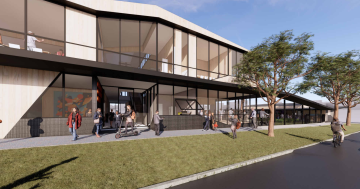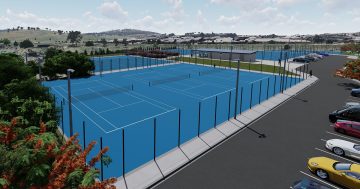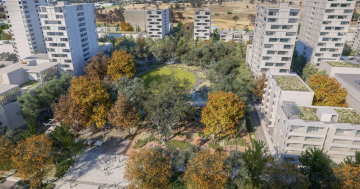
Gungahlin has a pool, although it has been closed for repairs since March last year, but requires many more community, recreational and sporting facilities. Photo: Facebook.
The Gungahlin Community Council has welcomed a new study into the district’s community and recreational needs, which it hopes will help remedy a dearth of facilities in one of Canberra’s fastest-growing areas.
The ACT Government has contracted SGS Economics and Planning to conduct a desktop audit of existing and proposed facilities in Gungahlin and bordering suburbs, a community engagement program, and a demand and gap analysis to identify the area’s needs and where facilities could be built.
The council has been critical of the lack of community, recreational and sporting facilities in Gungahlin and has been calling for such a study for some time.
GCC president Peter Elford said it was tremendous that the government was moving forward on this community engagement.
”Gungahlin Community Council is strongly of the view that Gungahlin is very poorly served for community, recreational and sporting needs, and we’re looking forward to working with the contractor as early as possible in the process to capture the aspirations and expectations of the community,” he said.
But he said there needed to be more clarity about what ”community” and “recreational” meant, noting that sport does not appear anywhere in the contract document.
”It’s important to be clear about these things, particularly when people engaged with the Territory Plan see something that’s available for community use and then something is built there that they don’t want,” Mr Elford said.
“For example, was a mountain bike track a recreational or sporting facility, or both?”
Mr Elford also welcomed the Environment, Planning and Sustainable Development Directorate developing a new benchmark tool to measure community and recreational facility demand, which the contractor will use.
He said there had been a lack of consistency across Canberra’s districts about how their needs and demands for facilities had been managed.
The study should also consider investigations being conducted by other agencies, such as the Suburban Land Agency, so there was no overlapping.
According to the contract, the study will determine the current and future demand for community and recreation facilities based on emerging requirements and what comes out of community consultation.
The contractor should also look at the existing, committed and proposed supply of both government and private facilities, and projected demographic changes and developments, such as the Ginninderry Estate in West Belconnen.
SGS will also identify facilities and services that are lacking, and develop a map of blocks already suitable zoned that may be used for community and recreational purposes.
It will recommend what kind of use – full market value, community concessional, or a mix – may be most suitable for these blocks, taking into account the benefits of a town centre or suburban site.
The demand and gap analysis, site identification report and the map are due in April-May.
Original Article published by Ian Bushnell on The RiotACT.








